Fuji Shibazakura Festival 2025: A Carpet of Pink Flowers and Mt. Fuji

The annual Fuji Shibazakura Festival held in April - May offers a chance to capture photos of Mt. Fuji together with the vividly pink shibazakura, or moss phlox. Read on to learn the highlights and details of the event.
Fuji Shibazakura Festival: Magnificent Spring Views of Mt. Fuji

Picture courtesy of PR Times
The annual Fuji Shibazakura Festival is one of the most awaited spring events in eastern Japan. Held at the Fuji Motosuko Resort in Yamanashi, this festival is a chance to enjoy splendid views of Mt. Fuji and the spring flowers known as shibazakura (moss phlox).
In 2025, the Fuji Shibazakura Festival will be held from April 12 to May 25.
Enjoy the Mt. Fuji Shibazakura Festival on a Day Tour!
Shibazakura: A Flower Announcing the Arrival of Spring
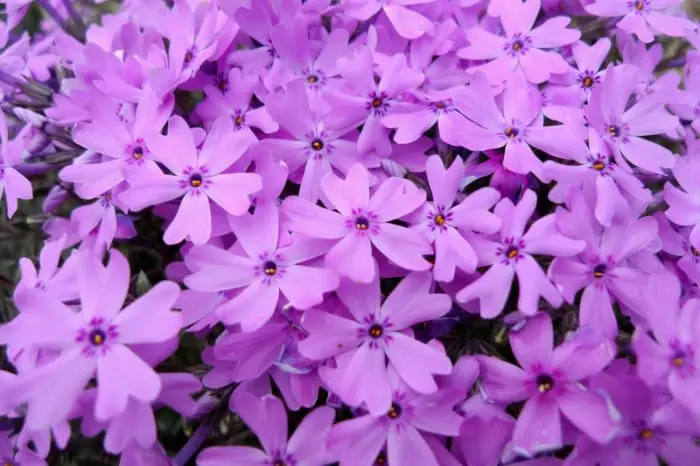
The shibazakura, or moss phlox, is a flower that can be enjoyed in Japan after the cherry blossoms have scattered away. Compared to the country's iconic sakura (cherry blossoms), these flowers blossom slightly later, between April to May, and bloom into tiny flowers about 1.5 centimeters in diameter.
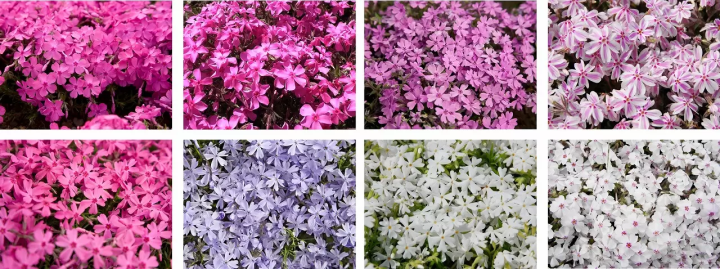
Picture courtesy of PR Times
Since these colorful five-petaled flowers resemble cherry blossoms and blanket the entire ground, like a lawn (“shiba” in Japanese), they have been named "shibazakura."
Moss phlox can be grown in planters, so you may even spot them throughout the town. However, unlike cherry trees, this doesn’t mean that they can be found everywhere once they’re in season.
As suggested by its name, this flower blooms across entire surfaces, creating stunning pink-hued hillsides. One of the most famous moss phlox spots in Japan is right in front of Mt. Fuji!
Book a day trip to Mt. Fuji from Tokyo to enjoy seasonal flowers, fruit picking, and a ropeway ride!
Fuji Shibazakura Festival: Admire a Carpet of 500,000 Flowers With Mt. Fuji
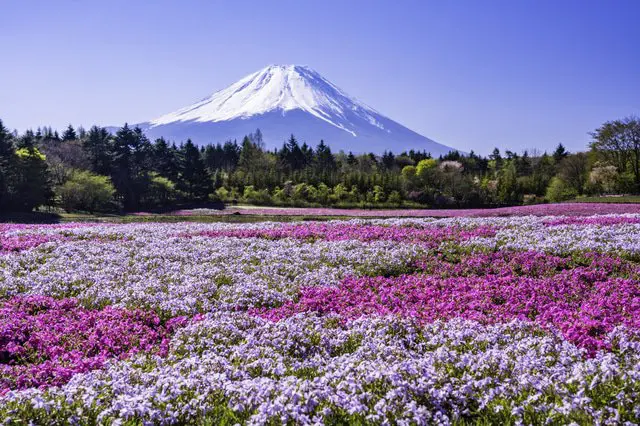
Photo by Pixta
The Fuji Shibazakura Festival is a fantastic event where you can enjoy the moss phlox. The festival is held in Fujikawaguchiko, in Yamanashi Prefecture.
The view of Mt. Fuji, a World Heritage site, and the bright pink moss phlox everywhere is a picturesque sight you can’t see anywhere else. You’ll be amazed at the 500,000 flowers in bloom—the largest number in one city—with the majestic backdrop of Japan's tallest mountain.

Photo by Pixta
While cherry blossoms bloom in shades of pink, the shibazakura comes in a variety of colors, like white, pink, and purple. For example, pictured above are some moss phlox that can be seen at the Fuji Shibazakura Festival.
The bright pink variety of moss phlox is called McDaniel’s Cushion. This large-flowered variety adds a splash of color to the park.
The varieties that bloom a snow-white shade are called Mont-Blanc and Little Dot. Once these flowers blossom, they appear like a radiant evergreen carpet.
A refreshing change from cherry blossom viewing, these various shades of moss phlox adorning the ground have a unique beauty come spring.
Other Highlights of Fuji Motosuko Resort
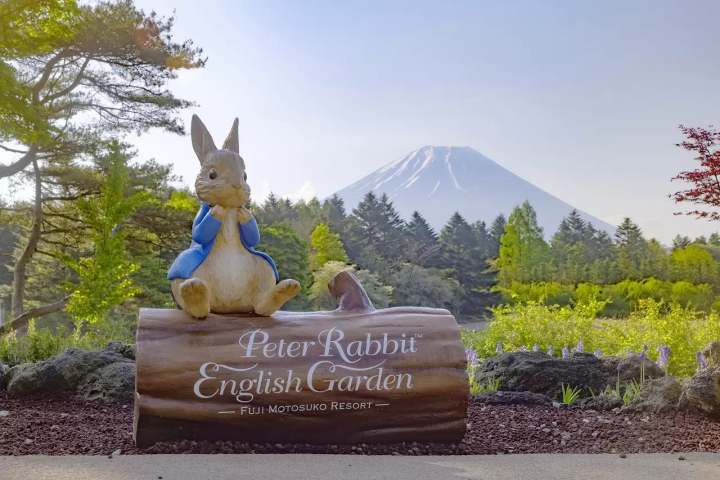
Picture courtesy of PR Times
Along with the pink moss phlox, visitors can enjoy exploring the English Garden of the resort, which has a collaboration with Peter Rabbit.
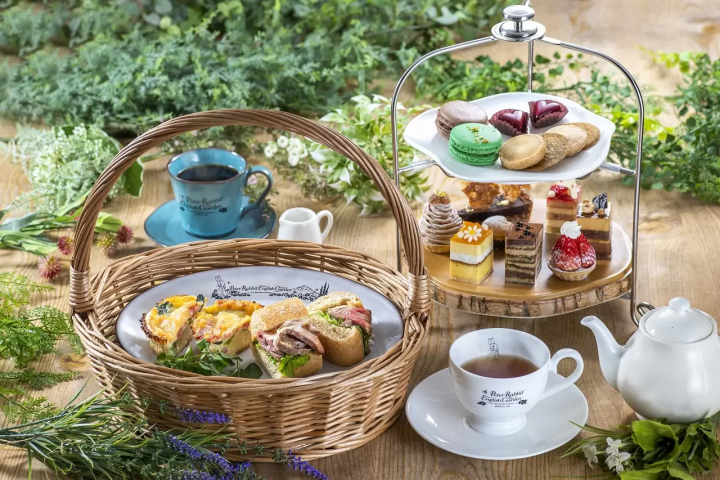
Picture courtesy of PR Times
At the cafe in the garden, you can taste seasonal treats made with ingredients grown by Mt. Fuji.
Fuji Shibazakura Festival Dates and Fees
2025 Dates: April 12 - May 25 *The festival is held every year in around the same period.
Venue: Fuji Motosuko Resort Map
Hours: 8:00 - 16:00
Admission fees: Adults 1,000 yen ~ 1,200 yen, Children (over 3 years of age) 400 yen ~ 600 yen (*the fees change depending on the stage of blossoming)
For the latest updates on the shibazakura blooming forecast, please check the official website of the event (Japanese).
Access to Fuji Shibazakura Festival
During the festival period, there will be a direct bus going to the festival venue departing from Busta Shinjuku (Shinjuku Expressway Bus Terminal) at Shinjuku Station’s south exit. The total travel time is two hours and 25 minutes and costs 2,200 yen with tax.
A shuttle bus departing from Lake Kawaguchi is also scheduled to operate, and will also arrive at the venue in about 30 minutes. To get to Lake Kawaguchi from Tokyo, take the Limited Express Kaiji or Azusa on the Chuo Line from Shinjuku Station for 60 minutes (reserved seats are 2,570 yen). You’ll then transfer to the Fujikyuko Line at Otsuki Station for another 60 minutes (1,140 yen).
Festival Highlights: Foot Baths and Local Food!
There are various facilities available to visitors at the venue from a food court serving regional cuisine, a cafe with an observation deck, to foot baths.
1. Soothe Your Feet While Gazing at the Scenery
At the Panoramic Foot Bath (100 yen per use), you can soak your feet in a foot bath while admiring the amazing view of Mt. Fuji and the flowers. Soothe your body and soul as you gaze out at the beautiful landscape.
If you love hot springs, there’s also Fujiyama Onsen nearby. This natural hot spring is just a 30-minute drive from the venue.
2. View the Stunning Venue From the Observation Deck
Visitors can get a full view of the festival's shibazakura from a height of 3.8 meters on the Observation Deck. The deck is also the perfect photo spot to capture the contrast between the bright blue sky, Mt. Fuji, and flowers.
3. Eat Regional Dishes at the Mt. Fuji Delicious Food Festival
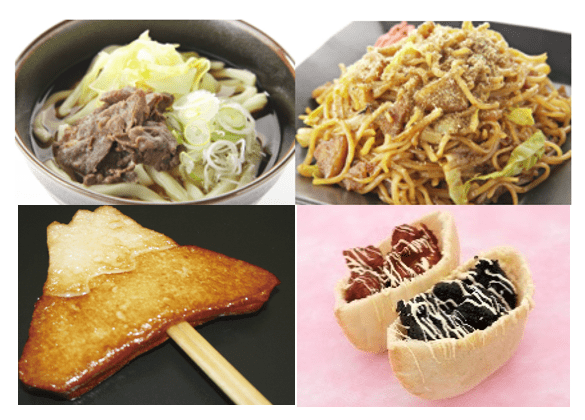
Photos by PR Times
Another appeal of the Fuji Shibazakura Festival is the local food available.
Held during the same period, the Mt. Fuji Delicious Food Festival will offer visitors a selection of delicious regional menu items. Some of these include Yoshida Udon, known for its tasty, chewy noodles, and the Koshu Fujizakura Pork Miso Soup made with a local brand of pork. There’s also Fujinomiya Yakisoba and Koshu Chicken Giblets Stew, a Yamanashi specialty, available at the foodie event. You'll have plenty to eat after walking around the flower venue on an empty stomach.
Book a day trip to Mt. Fuji from Tokyo to enjoy seasonal flowers, fruit picking, and a ropeway ride!
Enjoy the Moss Phlox and Mt. Fuji!
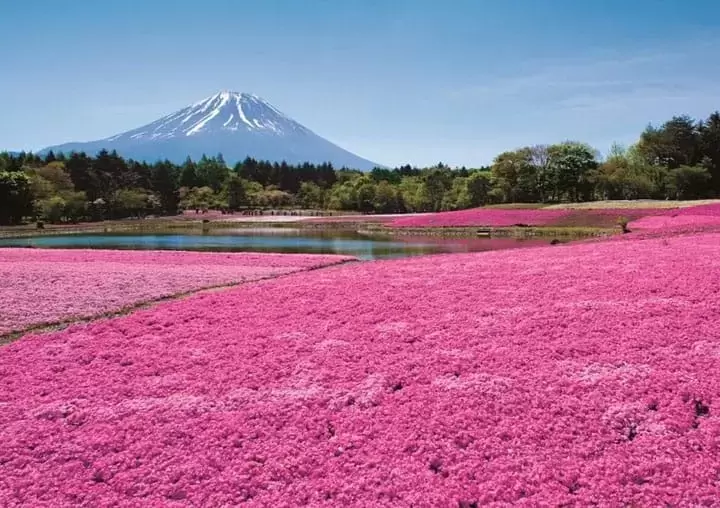
The Fuji Shibazakura Festival is held for about a month and a half. However, the event will come to a close once the flowers begin to wither. We recommend visiting early in the season to enjoy the brilliant scenery at its peak.
At this annual venue, it goes without saying that you’ll enjoy stunning sights only seen in Japan. In addition, the festival offers foods and numerous events unique to the region, making it the perfect day trip from Tokyo.
You'll have to visit this festival at least once to take in the stunning blanket of shibazakura in spring!
Read also
This is the official account of MATCHA's editorial department. Our articles feature useful travel information for visitors to Japan, from how-to guides to recommended places to visit.






























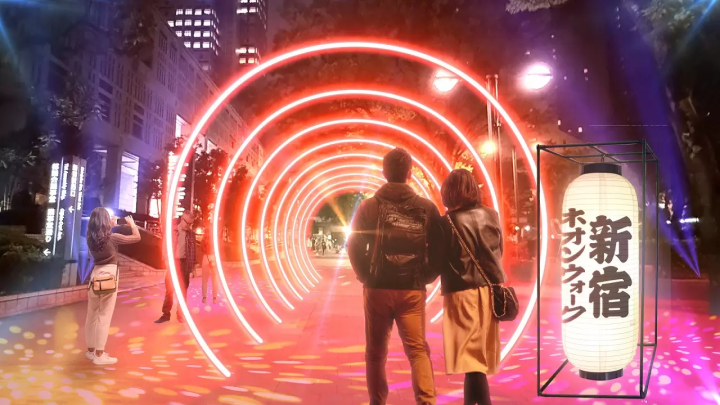
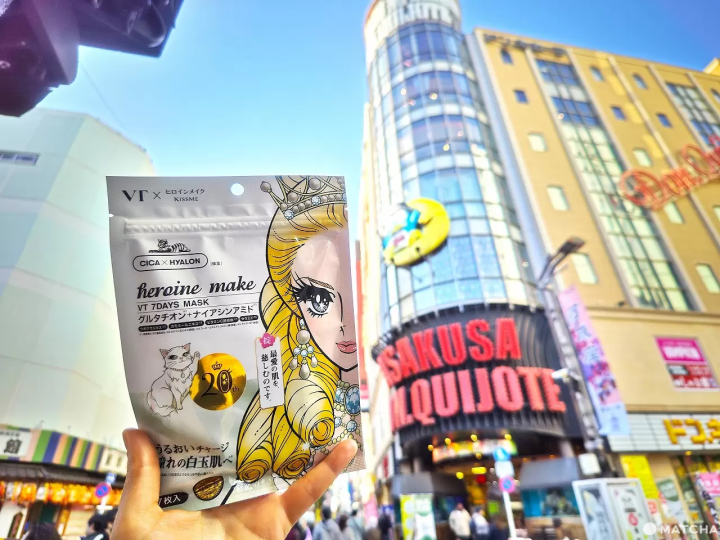
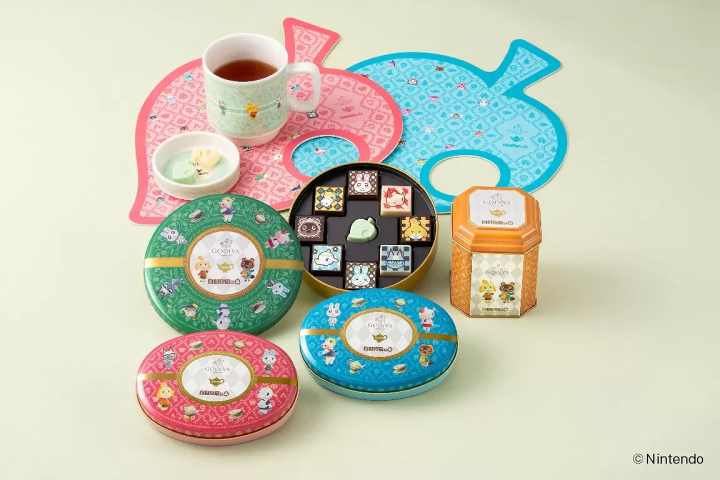
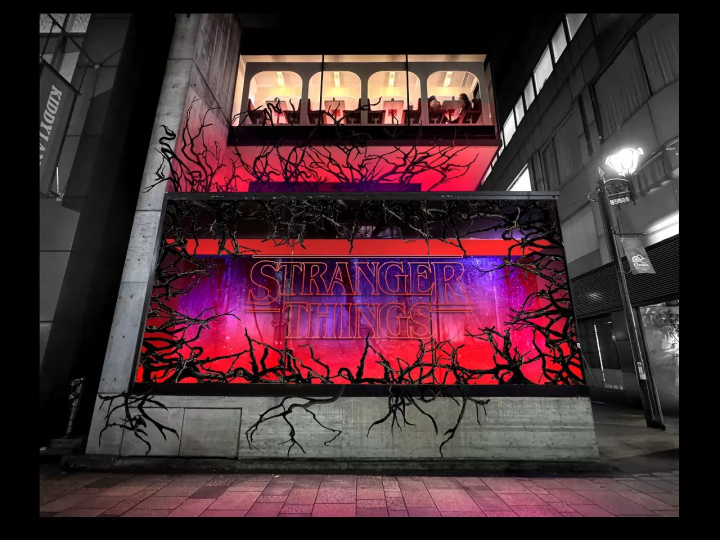
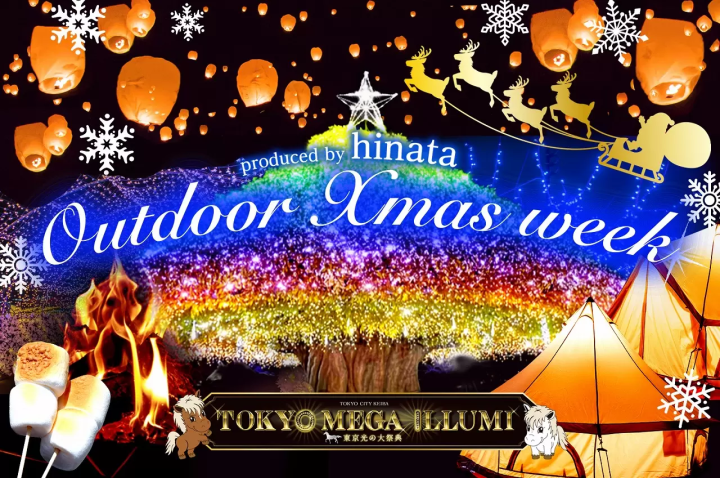
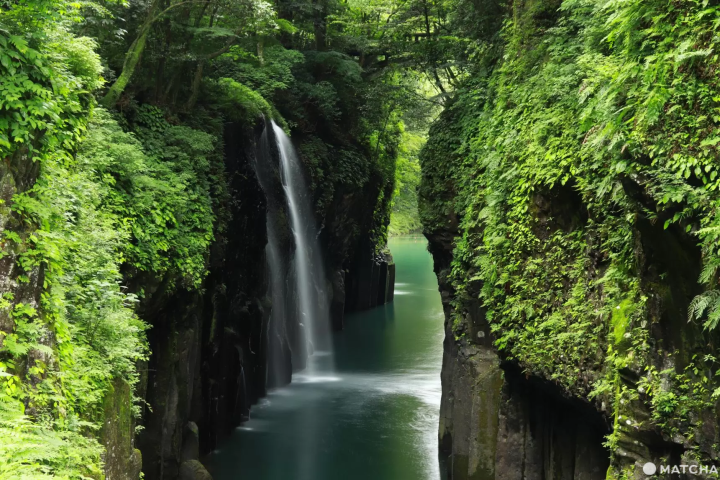




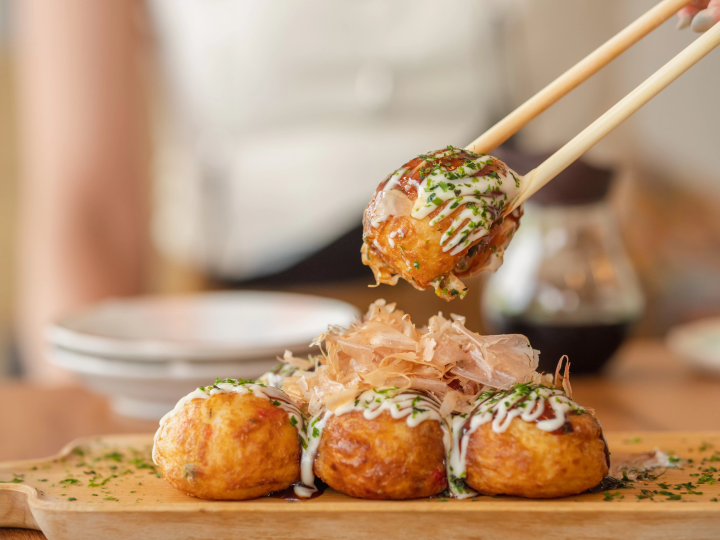
![[2026 Edition] FORMUAL 1 JAPANESE GRAND PRIX Information](https://resources.matcha-jp.com/resize/720x2000/2025/10/05-245984.webp)
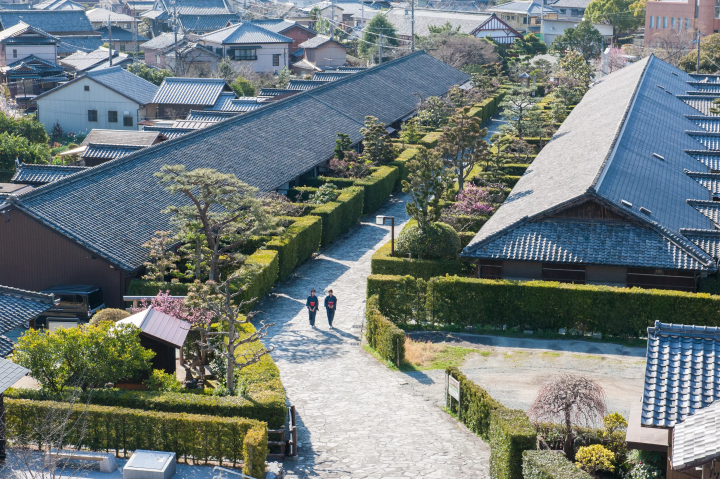
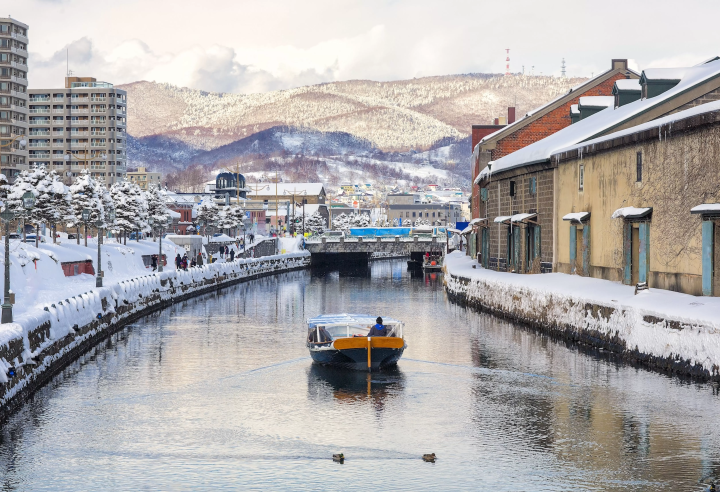
![[2025 Update] Namba's spectacular illuminations! "Namba Hikari Tabi" with approximately 1 million shining lights](https://resources.matcha-jp.com/resize/720x2000/2025/12/12-252825.webp)